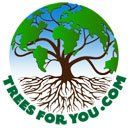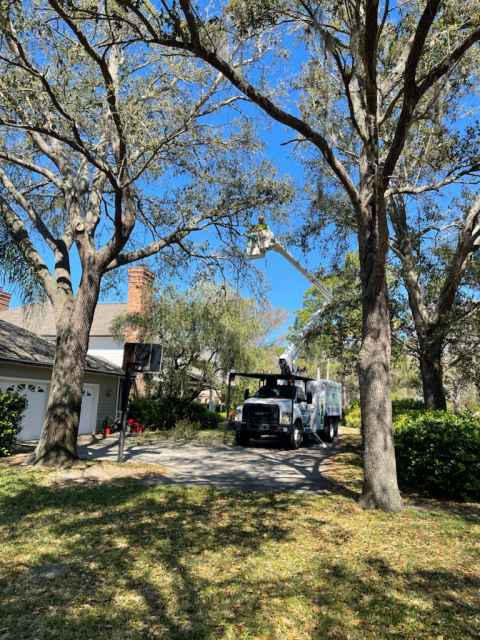In the United States tree pruning standards are promulgated by the American National Standards Institute (ANSI). The ANSI A300 (Part 1) 2008-Standard Practices (Pruning) and the International Society of America’s companion publication, Best Management Practices TREE PRUNING (Revised 2008) are the definitive publications regarding research on pruning. They reflect the best research from universities, private research companies and individual arborists from around the world. TreesForYou.com trusts in the standards and conducts pruning in accordance with the standards.
Pruning can have a profound effect on your tree’s health and structure, both positive and negative. Proper pruning can remove defects and improve tree health and structure while increasing the safety and longevity of your tree. Improper pruning can create defects, cause tree decline or death and decrease safety.



